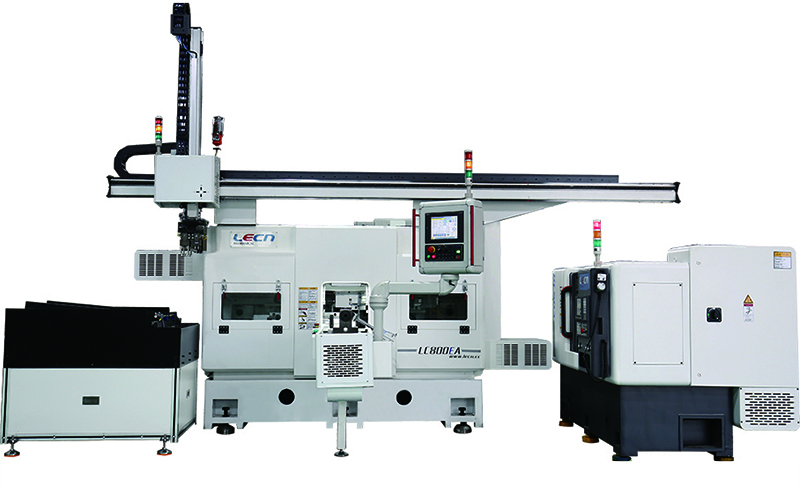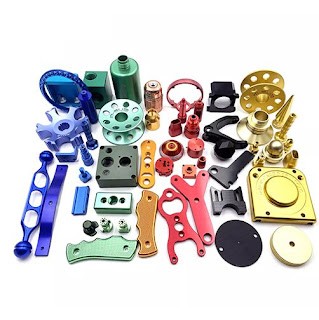The CNC Parameters You Should Know
Parameters specify settings for every CNC lathe feature and function, and there are hundreds, even thousands, for any CNC. When discussing parameters, I always reiterate the importance of backing them up. As the person using the CNC, you are responsible for doing so. Today’s CNCs make it easy to back up to a flash drive, so there is no excuse not to do so. Plus, having your parameter backup can save hours, if not days, in the case of a CNC failure.
Nearly every CNC-related issue involves a parameter setting. Indeed, if the machine is misbehaving in any way, it is likely that an erroneous parameter setting is to blame. There are certain parameters that every CNC user should know related to safety, efficiency and simplifying machine usage. All CNCs have similar parameter settings.

1. Initialized states
Certain G-code modes are automatically instated when you power-on a machine tool. Absolute or incremental (G90/G91); inch or metric (G20/G21); rapid or linear motion (G00/G01); plane selection XY, XZ or YZ (G17/G18/G19); and feed per minute or feed per revolution (G94/G95), among others, are G-code modes that can can be specified through parameters.
2. Data entry
A parameter controls whether a value without a decimal point will be taken as a whole number or with fixed format. If set to a whole number, a coordinate value of 10 in the inch mode will be taken as 10 inches. In fixed-format mode, it will be taken as 0.0010 inch. This can affect program compatibility among machines and operator entries when making sizing adjustments. Another parameter sets the maximum size of a wear offset adjustment. Having this parameter set to 0.02 inch, for example, can help minimize operator entry mistakes.
3. Canned cycles
Most of these parameters control efficiency. For example, the machining center chip-breaking peck drilling cycle (G73) has a parameter that controls retract amount between pecks. The larger this value, the more time it will take to machine a hole. In similar fashion,the deep-hole pecking cycle has a parameter that controls the clearance amount between pecks.
4. Program protection
Parameters are available to keep specified programs from being modified, deleted and/or displayed. This lets you protect important programs, such as probing programs, sub-programs and custom macros.
5. Communications and file loading
Parameters control the methods by which programs can be transferred to and from the CNC as well as the device/media being used. Common choices include a flash drive, memory card, ethernet or serial port. Another parameter determines when the CNC will stop loading programs: at an end of program word (like M30) or the end-of-file delimiter (%).
6. Inch-Metric conversion
A parameter controls what happens when you switch measurement system modes. With one choice, the CNC simply moves the decimal point to the right or left (no true conversion). A value of 10.0000 inches becomes 100.000 millimeters. With the other, all values, including axis positions and offset settings, are converted. A value of 10.0000 inches becomes 254.000 millimeters.
7. User-defined G and M codes
Parameters let you specify that a chosen G or M code (like G101 or M87) will execute pre-determined CNC programs. This is important when developing custom macros for canned-cycle applications. Another custom-macro-related parameter lets you control the behavior of single block when executing logic and arithmetic commands: skipping them or executing them one by one.
Want to learn more about CNC machines? Fill out our contact form to get our catalog.

评论
发表评论